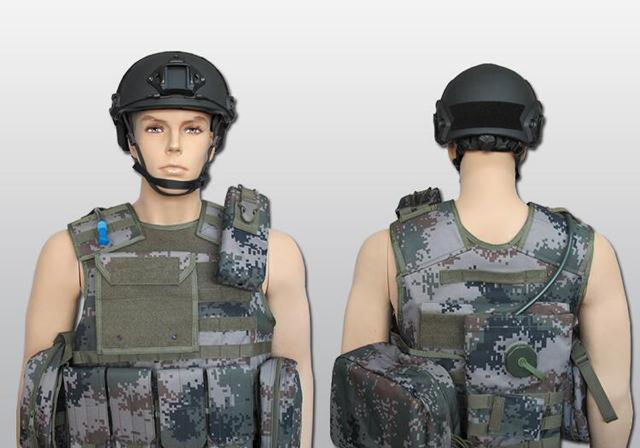5 Things To Consider Before Knowing About Body Armor(bulletproof Vest)
5 things to consider before knowing about body armor(bulletproof vest)
1. What is a bulletproof vest
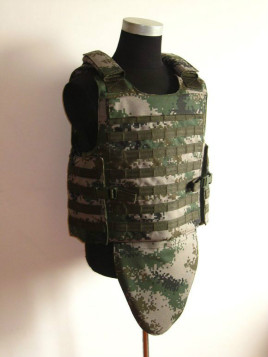
Bulletproof vests (Bulletproof Vest), also known as bulletproof vests, bulletproof vests, bulletproof vests, bulletproof vests, personal protective equipment, etc., are used to protect the human body from bullets or shrapnel. The bulletproof vest is mainly composed of two parts: a jacket and a bulletproof layer. Clothing covers are often made of chemical fiber fabrics. The bulletproof layer is made of metal (special steel, aluminum alloy, titanium alloy), ceramic sheet (corundum, boron carbide, silicon carbide, alumina), glass fiber reinforced plastic, nylon (PA), Kevlar (KEVLAR), ultra-high molecular weight polyethylene Fiber (DOYENTRONTEX Fiber), liquid protective materials and other materials form a single or composite protective structure. The bulletproof layer can absorb the kinetic energy of the bullet or shrapnel, and has obvious protective effect on the low-speed bullet or shrapnel, and can reduce the damage to the human chest and abdomen under the control of a certain depression. Bulletproof vests include infantry body armor, pilot body armor and artillery body armor. According to the appearance, it can be divided into bulletproof vests, full-protection bulletproof vests, ladies bulletproof vests and other types.
2. Composition of bulletproof vest
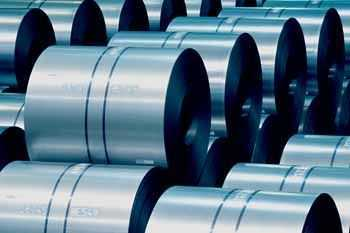
The bulletproof vest is mainly composed of a clothing cover, a bulletproof layer, a buffer layer, and a bulletproof board.
The clothing cover is generally made of chemical fiber fabric or wool cotton fabric to protect the bulletproof layer and make the appearance beautiful. Some clothing covers have several pockets for carrying ammunition and other supplies. The bulletproof layer is usually made of metal, aramid fiber (Kevlar fiber), high-strength high-modulus polyethylene and other materials single or composite, used to bounce or embed penetrating bullets or explosive fragments.
The buffer layer is used to dissipate the impact kinetic energy and reduce non-penetrating damage. It is usually made of closed-cell knitted composite cloth, flexible polyurethane foam and other materials.
Bulletproof inserts are a kind of inserts that enhance the protective ability of the bulletproof layer, and are mainly used to protect against the penetration of direct rifle bullets and high-speed small fragments.
3. Material of bulletproof vest
We all know that we need to use facial or fiber materials to make clothes, use canvas to make canvas tote bags, and leather to make leather clothes etc. Of course, Of course, there are exclusive bulletproof materials and body armor fabrics
First of all, we introduce what are the main bulletproof fabrics and bulletproof materials
The bulletproof vest is mainly composed of two parts: a jacket and a bulletproof layer. Clothing covers are often made of chemical fiber fabrics.
The bulletproof layer is made of metal (special steel, aluminum alloy, titanium alloy), ceramic sheet (corundum, boron carbide, silicon carbide, alumina), glass fiber reinforced plastic, nylon (PA), Kevlar (KEVLAR), ultra-high molecular weight polyethylene Fiber (DOYENTRONTEX Fiber), liquid protective materials and other materials form a single or composite protective structure.
The bulletproof layer can absorb the kinetic energy of the bullet or shrapnel, and has obvious protective effect on the low-speed bullet or shrapnel, and can reduce the damage to the human chest and abdomen under the control of a certain depression.
<1>Metal: mainly include special steel, aluminum alloy, titanium alloy, etc.

(Special steel)
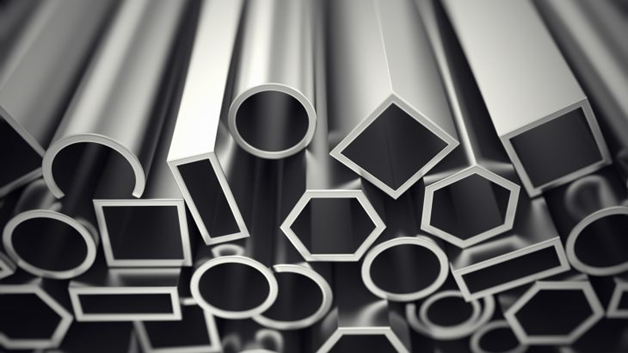
(aluminum alloy)
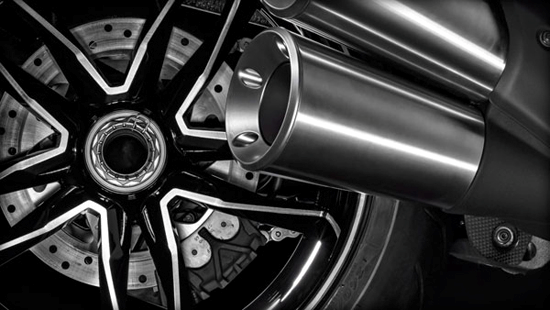
(titanium alloy)
<2>Ceramics: Mainly include corundum, boron carbide, aluminum carbide, alumina
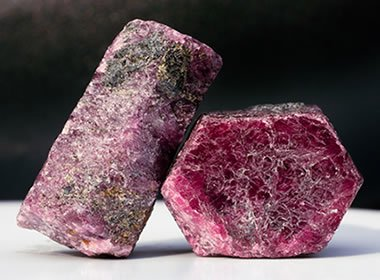
(corundum)
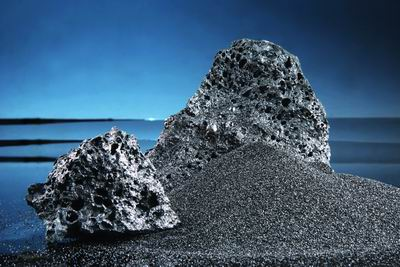
(boron carbide)
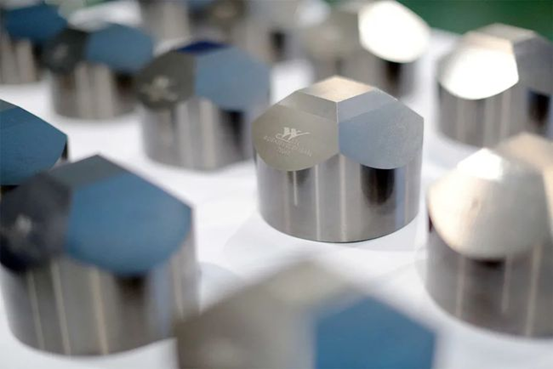
(aluminum carbide)
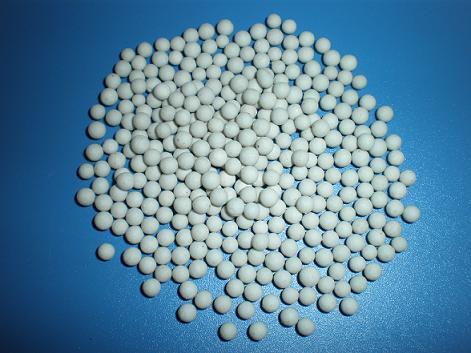
(alumina )
<3>Kevlar: The full name is "poly-p-phenylene terephthalamide", which has high Strength, high wear resistance, high tear resistance characteristics.
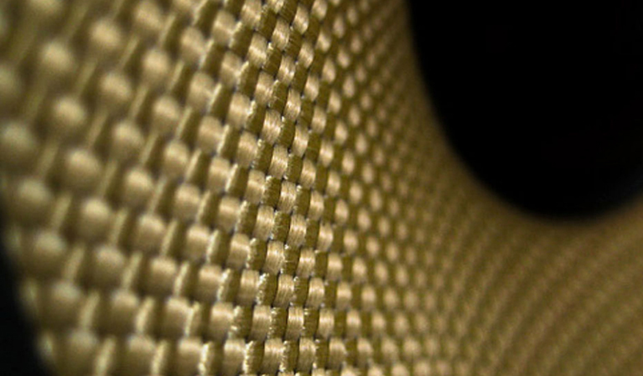
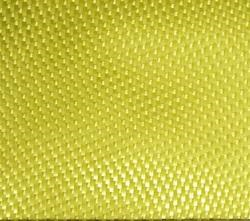
(Kevlar)
<4>FRP: A fiber-reinforced composite plastic.
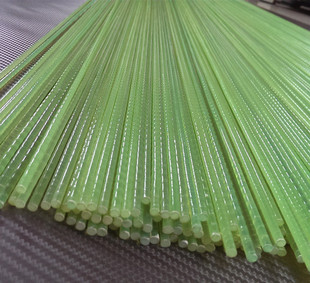
(FRP)
<5>UHMPE fiber: That is, ultra-high molecular weight polyethylene fiber, its molecular weight is in 1 million to 5 million.
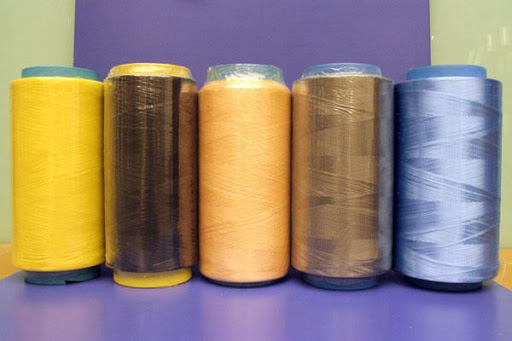
(UHMPE fiber)
<6>Liquid bulletproof material: It is made of special liquid material shear thickening liquid.
This special liquid material is also hit by bullets
Will quickly thicken and harden.
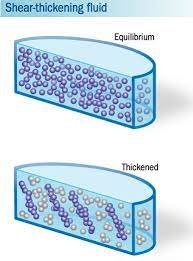
(Liquid bulletproof material)
4. Types of bulletproof vests
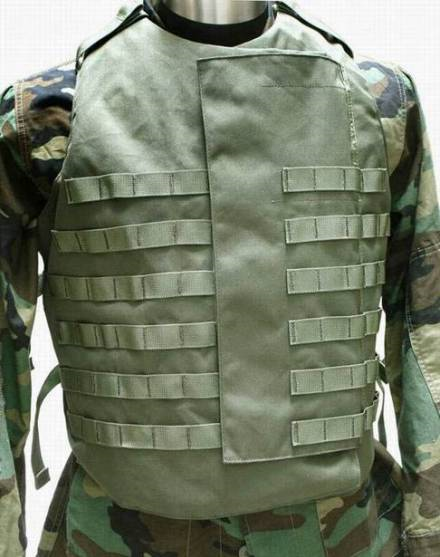
Body armor is divided into:
① Infantry body armor. Equipped with infantry, marines, etc., used to protect personnel from damage caused by various fragments.
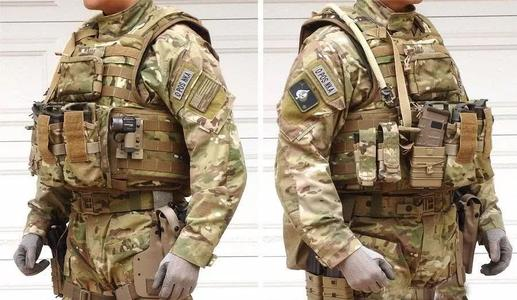
(Infantry body armor)
② Bulletproof vests for special personnel. Mainly used when performing special tasks. On the basis of infantry body armor, the functions of neck protection, shoulder protection and belly protection are added to increase the protection area; the front and back are equipped with insert pockets for inserting bulletproof inserts to improve the anti-ballistic performance.
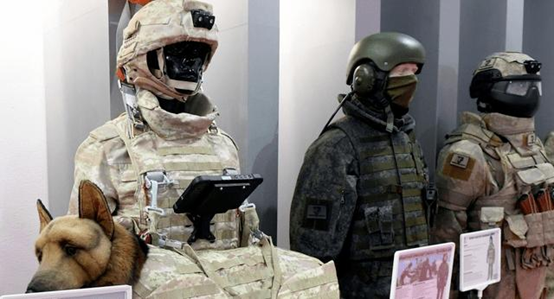
(Bulletproof vests for special personnel)
③Artillery body armor. Mainly used by artillery in combat, it can protect against fragmentation and shock wave damage.
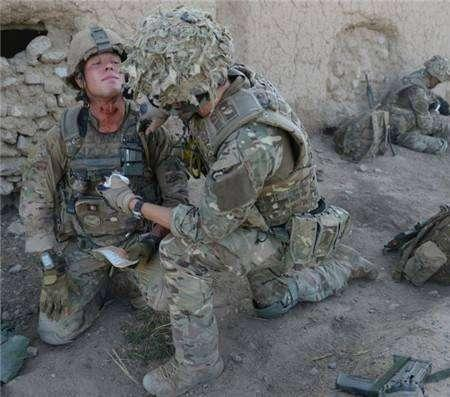
(Artillery body armor)
According to structural materials, body armor is divided into:
①Soft body armor. The bulletproof layer is generally made of multiple layers of high-strength and high-modulus fiber fabrics quilted or directly laminated. When bullets and fragments penetrate the bulletproof layer, they will produce directional shear, tensile failure and delamination failure, thereby consuming their energy.
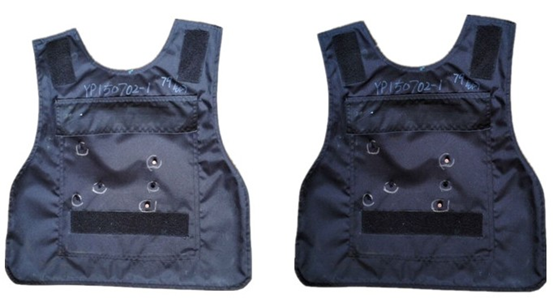
(Soft body armor)
②Hard body armor. The bullet-proof layer is usually made of metal materials, high-strength and high-modulus fiber laminates made of resin-based composite materials heated and pressurized, bullet-proof ceramics, and high-strength and high-modulus fiber composite boards. The bulletproof layer of metal material is used to consume the energy of the projectile mainly through the deformation and fragmentation of the metal material. The bulletproof layer of the high-strength and high-modulus fiber bulletproof laminate consumes the energy of the projectile through delamination, punching, rupture of the resin matrix, fiber extraction and breakage. The bulletproof layer of bulletproof ceramics and high-strength and high-modulus fiber composite board is used. When the high-speed projectile collides with the ceramic layer, the ceramic layer breaks or cracks and spreads around the impact point to consume most of the projectile’s energy. The modulus fiber composite board further consumes the remaining energy of the projectile.
③Soft and hard composite body armor. The surface layer is made of hard ballistic materials, and the inner lining is made of soft ballistic materials. When bullets and fragments hit the surface of the body armor, the bullets, fragments and the hard materials of the surface are deformed or broken, consuming most of the energy of the bullets and fragments. The lining soft material absorbs and diffuses the energy of the remaining parts of the bullets and fragments, and plays a role in buffering and reducing non-penetrating damage.
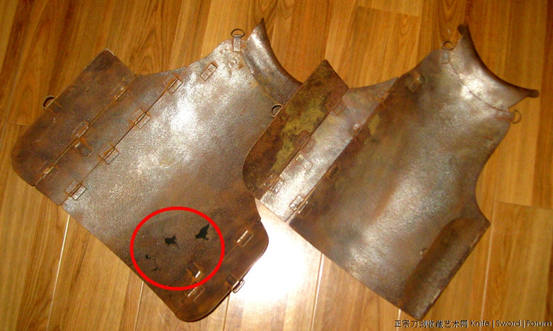

5. The development of bulletproof vests
Body armor evolved from ancient armor. In the First World War, the special forces of the United States, Germany, Italy and a few infantry soldiers used steel breastplates. In the 1920s, the United States developed a bulletproof vest made of lapped steel sheets. In the early 1940s, the United States and some countries in Western Europe began to develop body armor made of alloy steel, aluminum alloy, titanium alloy, glass steel, ceramics, nylon and other materials. In the 1960s, the U.S. military used the high-strength synthetic aramid fiber (Kevlar fiber) developed by DuPont to make bulletproof vests with good bulletproof effect, light weight and comfortable wearing. At the beginning of the 21st century, the US military used the "Interceptor" body armor with modular design and KM2 high-strength aramid synthetic fiber as the bulletproof layer material on the Iraqi battlefield. Since the end of the 1950s, the Chinese People’s Liberation Army has successively developed and equipped FRP body armor, high-strength special steel body armor, high-strength and high-modulus polyethylene body armor, and ceramic body armor. With the development of science and technology, bulletproof vests will use better-performing bulletproof materials, reduce weight, improve bulletproof effects and wearing comfort, and further realize structural modularity, variety and style serialization.
